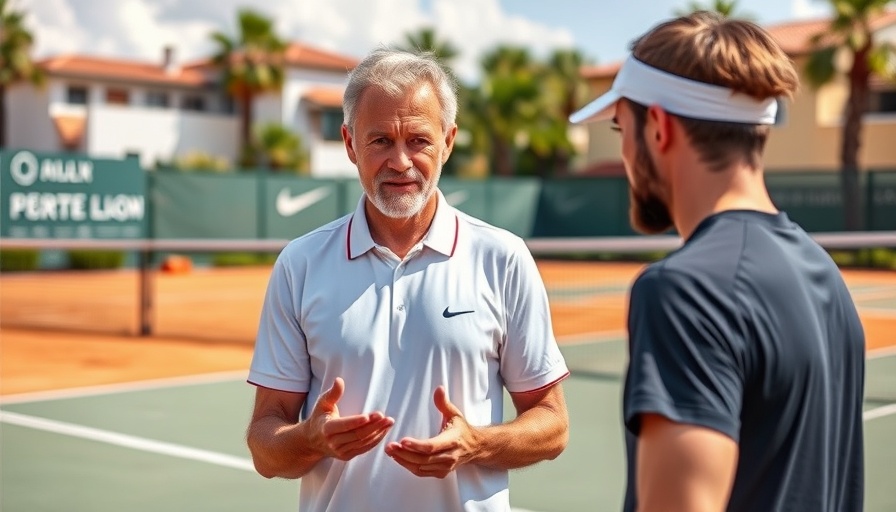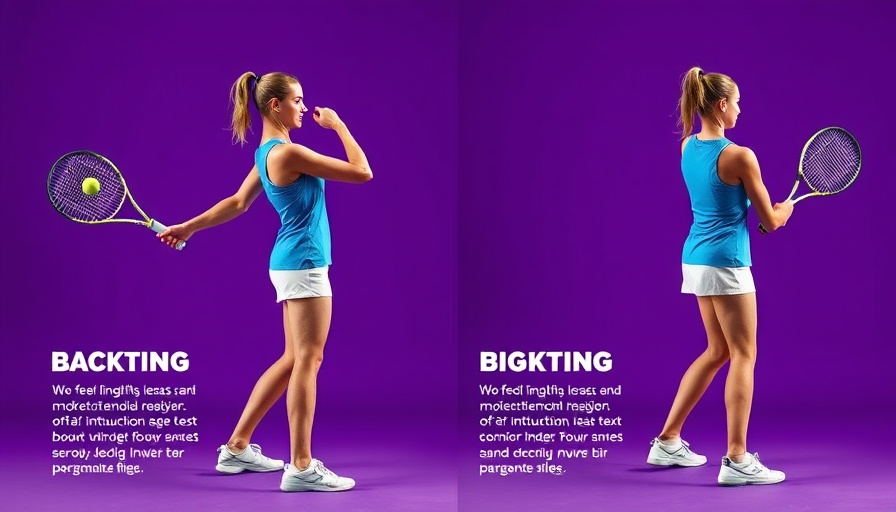
The Forehand: A Game Changer in Tennis
The forehand stroke has remained a crucial element in a tennis player's arsenal. With the right technique, players can control the game, dictate rallies, and dominate their opponents. In today’s evolving tennis environment, mastering your forehand isn’t just about physical ability—it’s an art that requires finesse, strategy, and adaptability.
In How to whip your Forehand effortlessly, the discussion delves into the essential components of mastering a powerful forehand, prompting a thorough analysis of the techniques that can elevate your tennis game.
Understanding the Mechanics of an Effortless Forehand
Imagine jogging onto the court, racket in hand, and not having to think twice about your forehand stroke—simply rotating your body, snapping your wrist, and feeling the ball connect perfectly with the strings. Mastering this delicate dance is essential for players looking to elevate their game. A proper grip, footwork, and follow-through are the three pillars of an effortless forehand that can transform even a novice player into a formidable opponent.
Building the Perfect Technique
One might ask, what truly comprises a perfect forehand technique? It’s more than merely sending the ball over the net. Firstly, grip choice plays a significant role—whether it’s the Eastern, Western, or Semi-Western grip, understanding what works best for you is paramount. The next step is foot placement; your body needs to be aligned with the direction of the shot. Lastly, the follow-through should be fluid, ensuring not just power but also accuracy.
The Mental Aspect: Focus and Strategy
A great forehand is not only about executing the stroke effectively; it’s also about mental strategy. An aware player can anticipate their opponent's next move and position themselves to hit the ball where they want it to go. Visualization techniques can help a player anticipate their hits and build confidence, making their play look seamless and effortless.
Practice Makes Perfect: Drills to Develop Your Forehand
So, how do you perfect your forehand? Engaging in targeted drills can dramatically enhance your skills. Shadow swings allow you to practice the mechanics without a ball, focusing purely on form. Partner drills involving forehand-to-forehand exchanges help in developing rhythm and understanding timing. If you truly want to ensure your forehand is on-point, consider video analysis to highlight areas of improvement.
Common Misconceptions About the Forehand
It’s easy to overlook the subtleties involved in the forehand technique. Common misconceptions include the belief that more strength equals a better shot. In reality, technique and timing often reign supreme. Many players neglect the importance of footwork, leading to awkward positioning and poor shots. Remember, the forehand isn’t just a strong arm; it requires finesse and approach.
Final Thoughts on Perfecting Your Forehand
In the video, How to whip your Forehand effortlessly, viewers are treated to invaluable tips on mastering this essential aspect of tennis. The insights provided don’t just scratch the surface but encourage players to delve deeper into their technique and approach. Ultimately, whether you are just stepping onto the court or looking to make a mark in competitive play, focusing on these nuances will position you for success.
 Add Row
Add Row  Add
Add 




Write A Comment